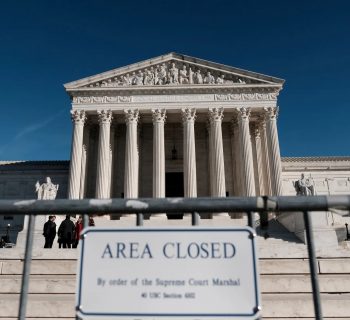By Fidel Martinez | Los Angeles Times | JUN. 9, 2022
“Bad Mexicans: Race, Empire, and Revolution in the Borderlands,” the latest book by historian Kelly Lytle Hernández, starts off with the lynching of Antonio Rodríguez in Rocksprings, Texas.
The 20-year-old Mexican ranch hand was taken by a mob and burned alive on Nov. 4, 1910. The extrajudicial murder was by no means an isolated incident — there is a long history of Mexicans and Mexican Americans being lynched at the border — though it did prove to be particularly consequential. His death led to anti-American protests in Mexico, where there was growing consensus that the dictatorship of Porfirio Díaz had placed the interests of American capitalists above its own citizens.
Weeks later, on Nov. 20, 1910, the Mexican Revolution began.
The lynching of Rodríguez isn’t some new historical discovery. As Lytle Hernández — a professor of history, African American studies and urban planning at UCLA, and a 2019 recipient of the MacArthur Fellowship (the so-called “genius grant”) — explained to me, “many Mexican scholars who’ve written about the Mexican Revolution acknowledge the murder of Antonio Rodríguez as a precursor to the revolution.”
“The only thing I’m doing with this book is taking everything and pivoting and positioning it within the context of U.S. history.”
That’s the central premise of “Bad Mexicans,” the idea that Mexican and U.S. histories aren’t isolated from each other but are so intertwined that you can’t separate them. Rodríguez’s lynching is just one of many examples that prove her thesis. The book itself focuses on the magonistas, a group of anarchist and socialist dissidents led by the Flores Magón brothers, who fled Mexico and came to the United States to successfully incite a revolution against the Porfiriato via their outlaw newspaper, Regeneración. Much of this story takes place in cities I’m familiar with — Laredo, San Antonio and Los Angeles, to name a few — but knew very little about.
Over the course of 300-plus pages, Lytle Hernández tells the story of Porfirio Díaz’s rise to power, how his dictatorship resulted in the pillaging of Mexico’s wealth by American industrialists, how said power was challenged by marginalized people (laborers, Indigenous communities and women), and how the American government went out of its way to capture this group of Mexican revolutionaries who threatened to topple a regime that had greatly benefited some of the most powerful and wealthy American citizens.
And though “Bad Mexicans” meets the rigors of academia, it is by no means dull. Rather, the book has the cadence of a corrido lyrically outlining the extraordinary feats of ordinary people. It is full of details so outrageous and wild that you’d be convinced they were made up if it weren’t for the citations Lytle Hernández provides. For instance, did you know that one of the first assignments of the FBI was to go after the magonistas, or that the Flores Magón brothers’ beef with the Mexican dictator stemmed from a personal grudge related to their father?
I asked Lytle Hernández, who is Black and isn’t Mexican American or Latinx, why she felt compelled to write this book.
“I grew up on the border and no one could ever tell me who my neighbors were,” she said of her San Diego upbringing.
“I’ve always wondered why the Mexican kids were treated really [poorly] in similar ways that Black kids were being treated, and I’ve spent an entire career trying to figure that out. How did we get here together, how did we have these shared struggles, or at least extremely similar struggles?”
Her hope is that Mexican American audiences read the book and feel entitled to claim their place in American history.
“What if you put in every child a sense of ownership and entitlement, and I mean the beautiful type, the one that makes you say, ‘I’m a piece of this.’ What happens then? I am hopeful that if we continue to do this work as cultural workers, historians and teachers, we can help more generations to feel and know their story. That’s a power. It’s not everything, but it’s something that every child should have, access to the stories about how they fit.”
It’s been a few weeks since I read “Bad Mexicans,” but I haven’t been able to stop thinking about it. Early in our conversation, I told Lytle Hernández that her book radicalized me. I meant it as a joke, but as time has elapsed, it has dawned on me how much I meant it. The book has fundamentally changed the way I see the world, the way I see myself in this country.
Here’s an example: I was recently in New York City for a conference. During a period of free time, I found myself by Central Park and decided to go to the Solomon R. Guggenheim Museum because I’d never been before. It was a beautiful space filled with wonderful paintings, and I certainly enjoyed myself. But as I walked up that Frank Lloyd Wright-designed spiral taking in Eurocentric art, I couldn’t ignore the nagging question growing louder inside me: How much of this museum was funded by the wealth extracted from Mexico by the Guggenheim family?







